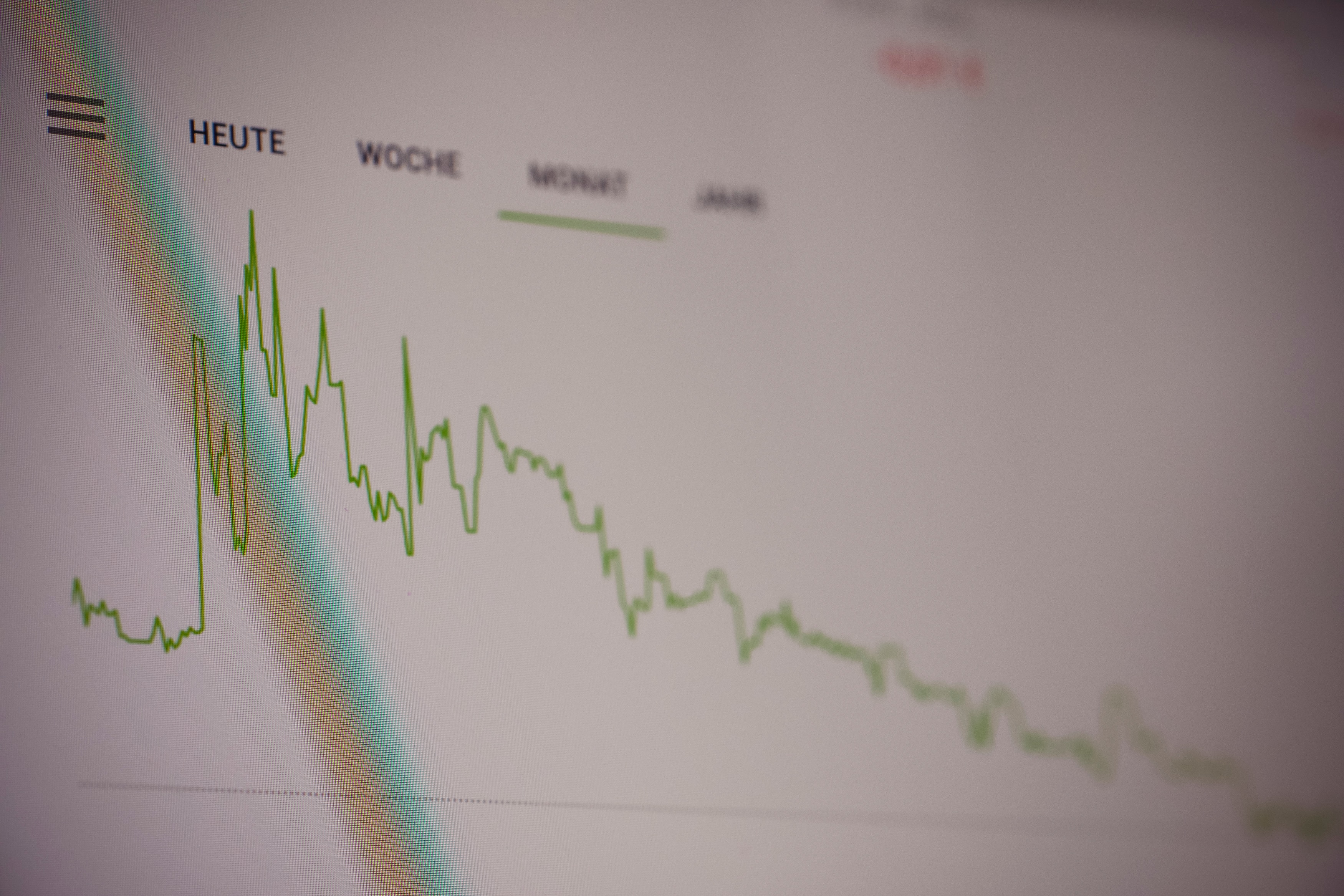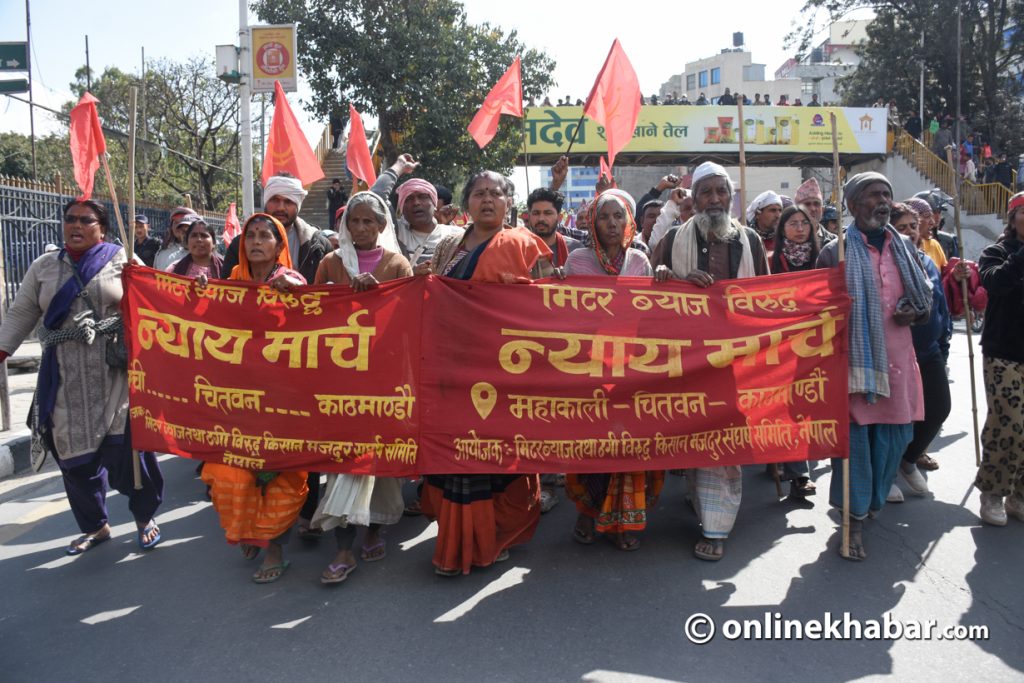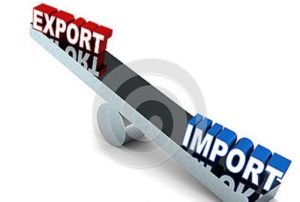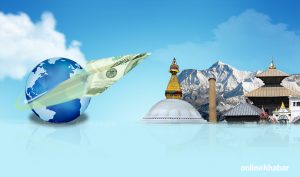Nepali economists for the past few months have been warning the government that the country is on the brink of an economic crisis. Banks are facing a liquidity crunch. Despite government regulations, imports have continued to increase emptying the country’s foreign reserve. The situation is so bad that the country can only import essential goods that would suffice for seven months only as economists fear that Nepal will face a similar economic crisis that Sri Lanka is currently facing.
As Nepal is going through an economic crisis, Nepali politicians are pointing at each other. CPN-UML leaders have been pointing the blame at Nepali Congress for this mess. But, Finance Minister Janardan Sharma has been pointing out the mistakes and shortsighted policies brought by the erstwhile government for this.
Economists say the reason for the current economic crisis is not what happened in the past year. They say long-term issues are to blame which they believe the current government should have solved but so far nothing has been done. This has resulted in many people having the same question: how did the country get here and what are the reasons for this crisis?
Import issues
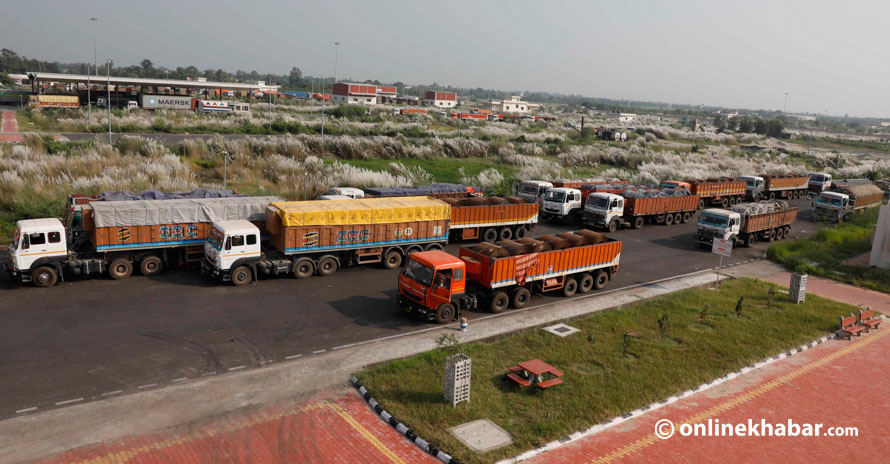
Nepal spends a lot of its foreign reserve on petroleum products, food, clothes, vehicles and industrial raw materials. This is why the government is trying to do things that would stop the outflow of its foreign reserve.
Yet, many economists believe that the government is to blame for the current economic crisis. It all started during the Covid pandemic. The government shut the country down for three months from March 2020.
This affected almost all businesses. To help out, Nepal Rastra Bank refinanced around Rs 153 billion into businesses like tourism and small and medium enterprise at an interest rate of 5 per cent.
But, the money was not used in the particular business. As the interest rate was low, people started to invest the money meant for their businesses on shares. The money was also used to buy land, says Nar Bahadur Thapa, a former executive director of the NRB.
“When we offered loans cheaply, it meant people who could apply for refinancing started to invest in real estate. That means these people could invest more on luxury items that brought a rise in import, which has then affected the country’s foreign reserve and has put the country’s current account on deficit,” says Thapa.
Thapa says that the regulator’s rigidity in terms of trying to control supply and demand has also had an effect on the current economic crisis. As a regulator, the NRB should have come up with a policy as per the situation. But, because it wanted to set a rigid policy, there was a lot of money in the market that was spent unproductively.
This resulted in the rich taking advantage and importing items which crushed the foreign reserve.
“The money that was set aside for Covid-hit and productive business was spent on something else and that has resulted in this economic crisis,” says Thapa.
Following this, the government has changed the refinancing policy and changed the interest rate to 5 per cent.
Other factors

The reason for the fall in Nepal’s foreign reserve, the root cause of the current economic crisis, is excessive imports. Further, the rising cost of everything from food to petroleum in the international market has aggravated the situation. A drop in remittance has also been a major contributor, say experts.
The balance of payment for the first seven months of the current fiscal year stands at a loss Rs 247 billion compared to Rs 97 billion last year.
The current account deficit is also quite bad as it stands at Rs 413 billion. A year ago, this deficit stood at Rs 104 billion. The reason, many believe, is a lack of foreign direct investment.
The trade deficit is also in a dire state. In the first eight months of the fiscal year, the deficit stands at Rs 1.1 trillion.
Export has got better as goods worth Rs 147 billion have been exported, but the rise in imports has meant that exports have not been able to contribute to the country’s economy.
The NRB’s foreign reserve stands at Rs 1.024 trillion. Other financial institutions’ foreign reserve stands at Rs 154 billion. According to economists, this money will run out in less than seven months.
What has not helped the country in this economic crisis is the poor expenditure. Nepal’s revised budget for the current fiscal year was Rs 340 billion. But, only 36.2 per cent of it has been spent so far.
Impact on businesses

Former finance minister Yuba Raj Khatiwada says irregularities in businesses, invisible business, liquidity crisis and drop in remittance have been the major causes of the economic crisis in the country.
He says that to make this better, the government should have done something to make imports stricter. But, the government did so when it was already too late. He says that what the government is doing now is not enough.
He says the money also goes out of the country as traders use other ways to pay for things they import. This should also be monitored to control the economic crisis, says Khatiwada.
This gives a rise to inflation which has gone up from 2.77 per cent in 2020 to 5.97 in 2022. The prices of everything from food to fuel to clothes have gone up during this time.
Even Govinda Raj Pokharel, a former vice-chair of the National Planning Commission, says that the country’s economy is in a dire state.
“Trade deficit is increasing, foreign aid is non-existent and even the capital expenditure is poor. Everything index shows that the country is in a poor state,” says Pokharel.
He says that if the government does not act fast, the economic crisis in the country will get even worse.
Liquidity crisis

The liquidity crisis has also caused issues as banks have not been able to issue loans due to a lack of funds. Over the past year, loan issuance has increased by 25 per cent, but experts say that the amount has not been used in productive sectors which have resulted in a liquidity crisis.
The liquidity crisis started around October 2021. After the government realised this, the NRB increased the margin making it hard to import 47 items.
Reviewing the monetary policy, the NRB has also started to make it hard to invest on real estate, share market and vehicles. On December 22, 2021, the NRB Governor Maha Prasad Adhikari had said this was only a short-term policy, but the situation has not been normal even in April 2022. And, these policies continue to stand.
“The introduction of these policies is good for the future,” says Thapa from the NRB. “If there wasn’t, the country would be in a dire state. Now, the government needs to try and increase FDI.”
The next Sri Lanka?
The economic crisis in Nepal is being compared to that of Sri Lanka. The Lankan economy has crumbled due to increasing foreign loans and the fallen tourism industry. Sri Lanka, like Nepal, is also facing problems with its foreign exchange reserve.
Pokharel says that Sri Lanka was in a similar position like Nepal a few years ago as far as its economic crisis is concerned. Because its political leaders did not do enough, the country is now in turmoil.
Yet, Khatiwada says that it is unlikely that Nepal will be like Sri Lanka because the two economies are different. He says that Sri Lanka took a lot of short-term loans from foreign countries and that has been the root cause of the economic crisis. But, Nepal on the other hand, has only taken long team loans.
“Things are bad, but we have a chance to change this and not become another Sri Lanka,” says Khatiwada.
Hope for change

The NRB’s executive director Prakash Kumar Shrestha says the central bank is doing everything it can to make sure the economic crisis does not intensify.
He says that the tourism sector that was broken by Covid is gradually getting better.
But, the situation is not that great either. Even though the number of people going abroad for work has increased, remittance has not increased significantly. However, experts say this is because people use unofficial means to send money to Nepal.
Economist Chandra Mani Adhikari says the country should first focus on improving its foreign reserve. He says that effort should be put into bringing FDI, aid and improving tourism. If that happens, he says the country will automatically start to prosper.
He also wants the government to make sure that remittance is coming to the country through official channels.
Adhikari also wants the government to focus on discouraging the use of petroleum-based vehicles as well.
“We have excess electricity. We can use that and promote the use of EVs and induction stoves. If we cut down the import of fossil fuel, things will get better,” says Adhikari.
Because the country does not have the internal capacity to generate capital, Thapa calls on the government to attract as much FDI as it can so that the economic crisis would not last long.









